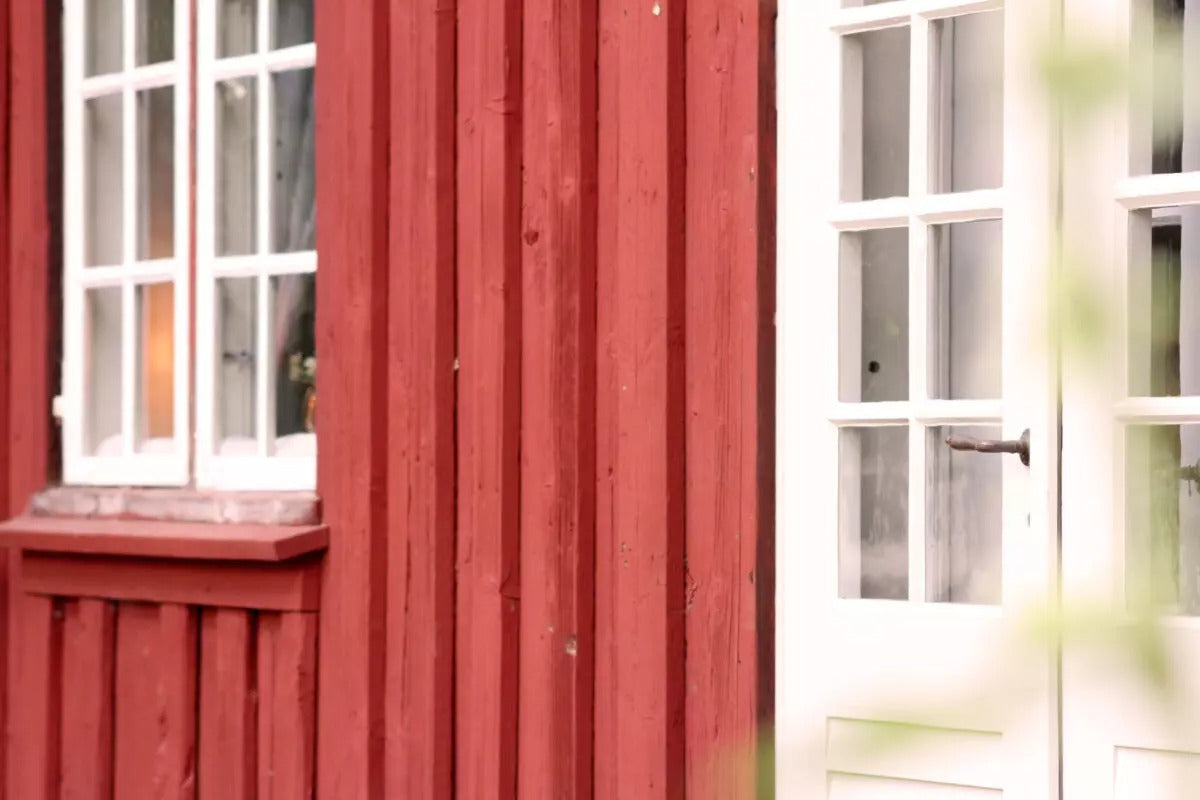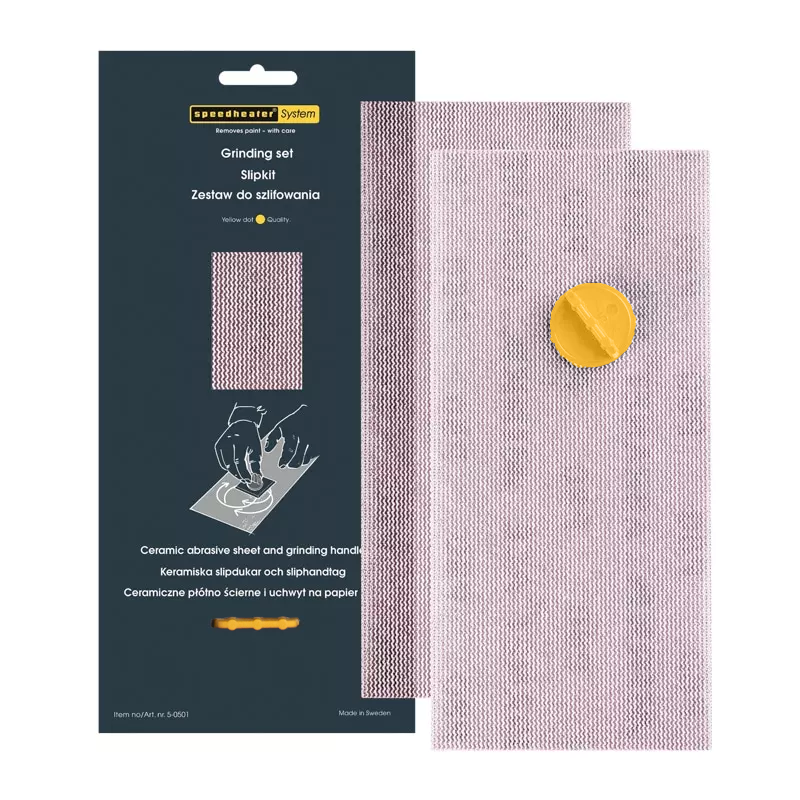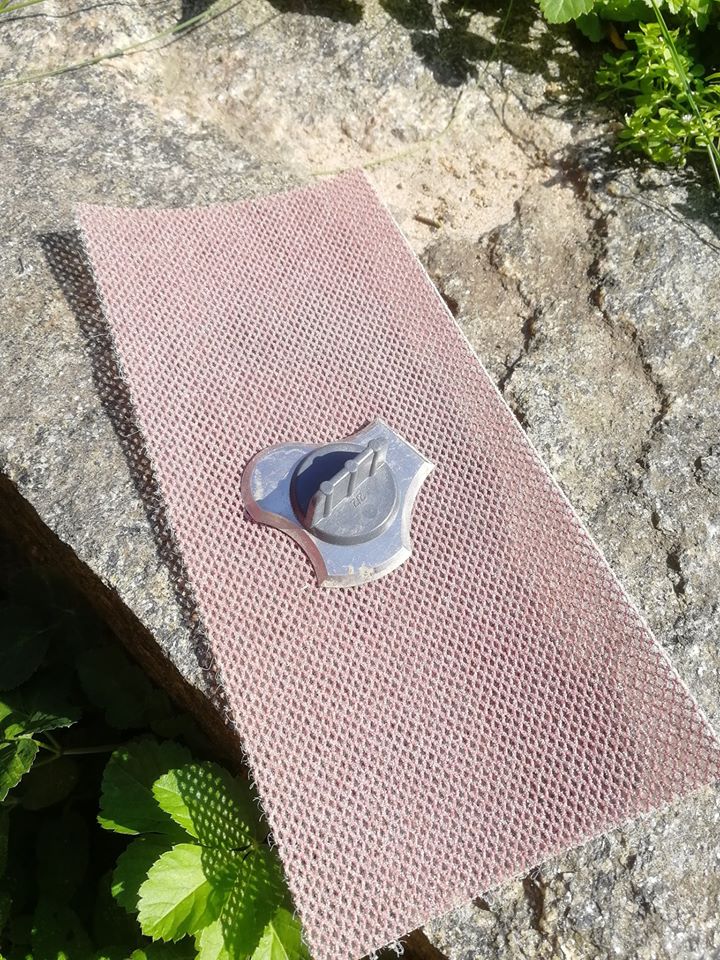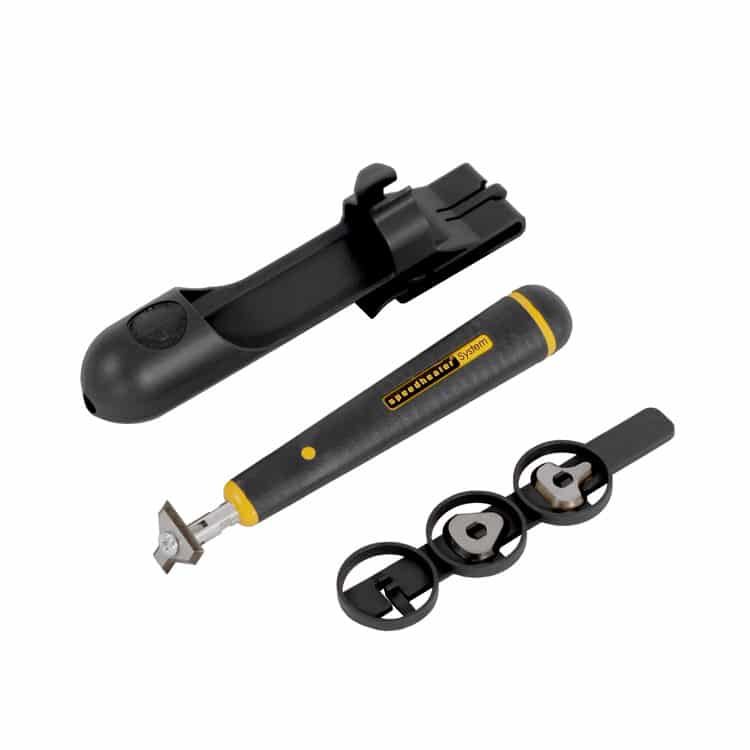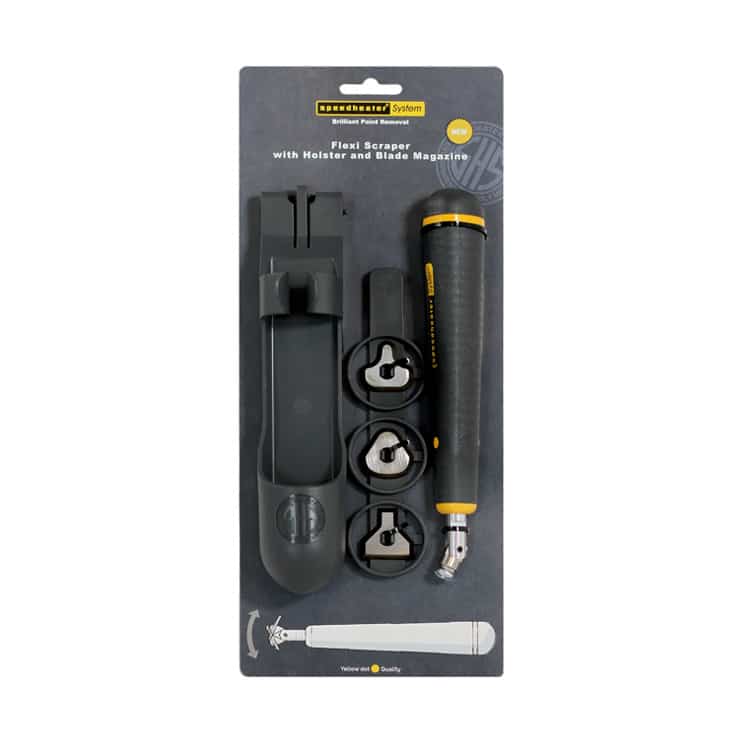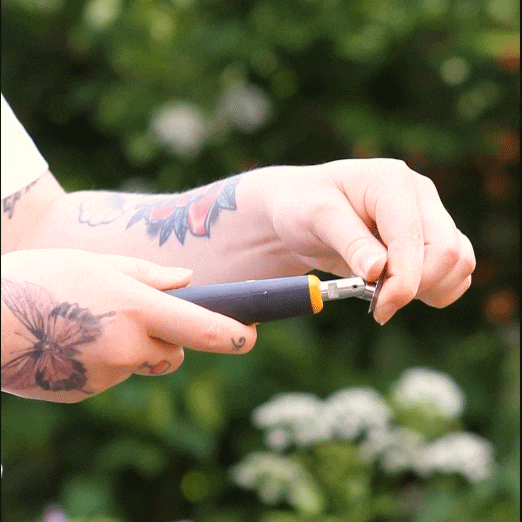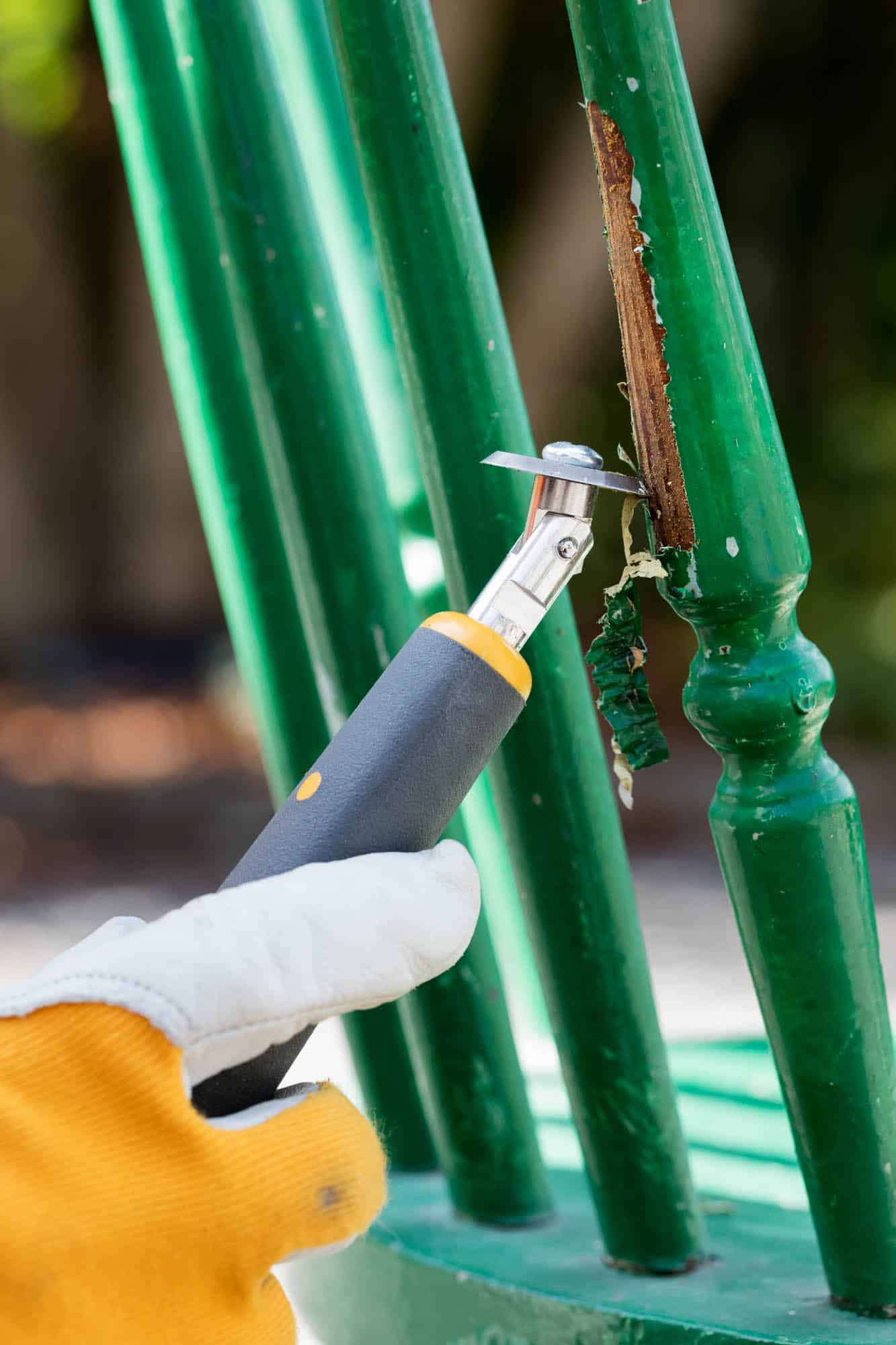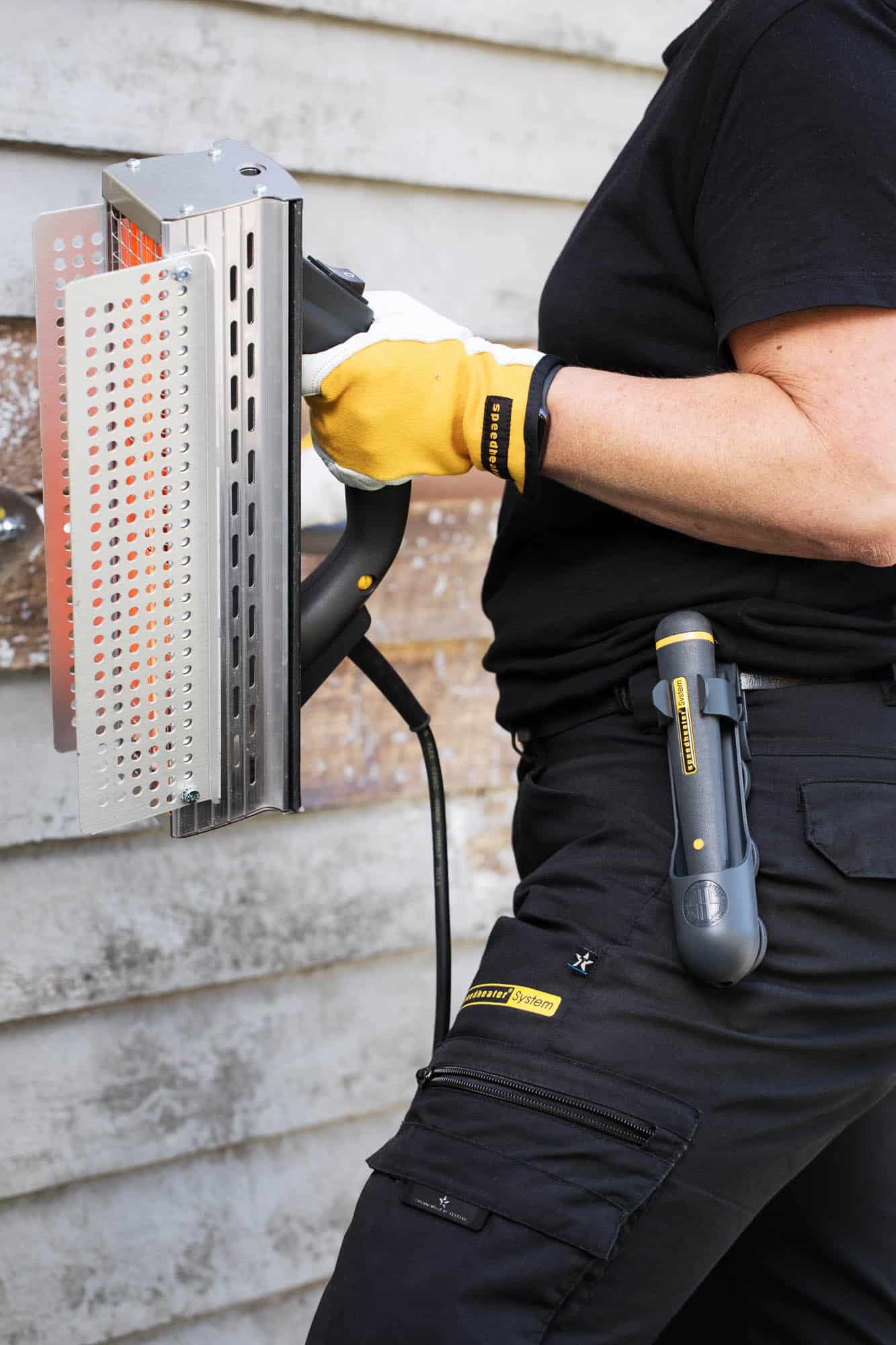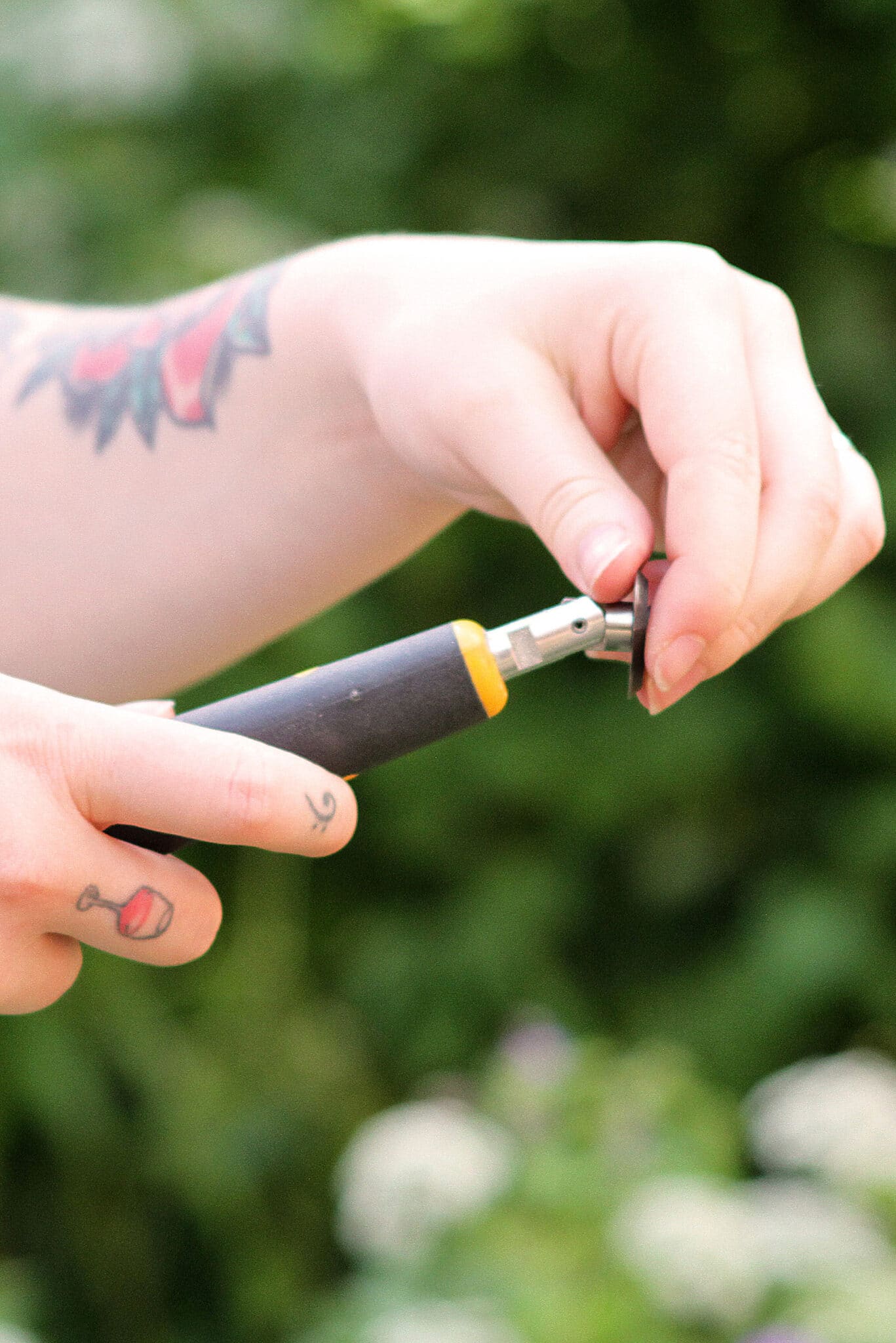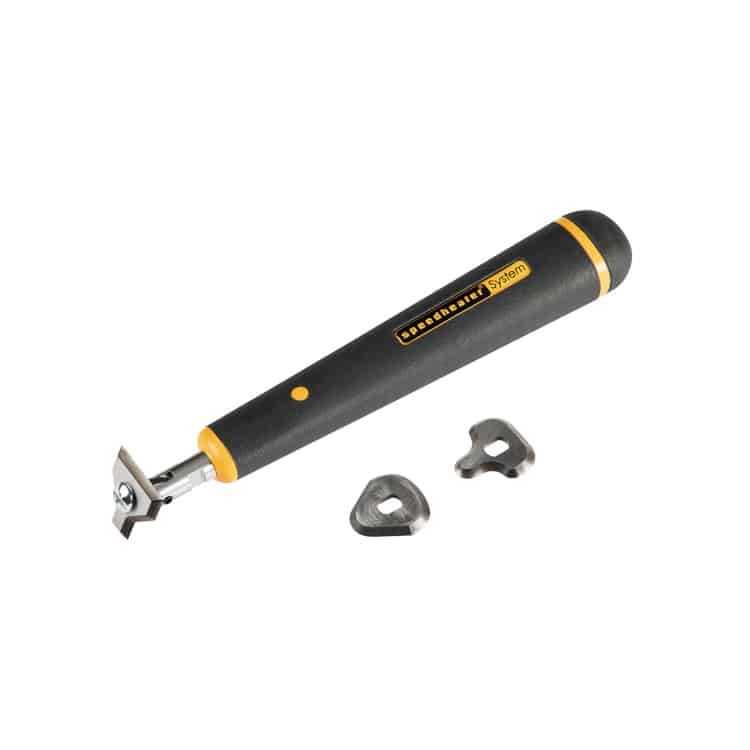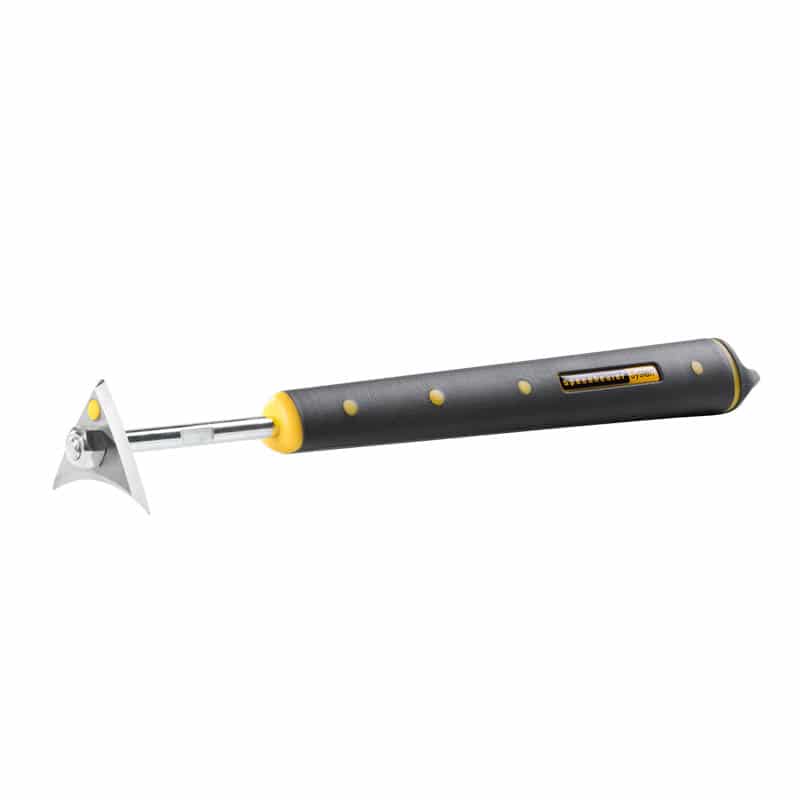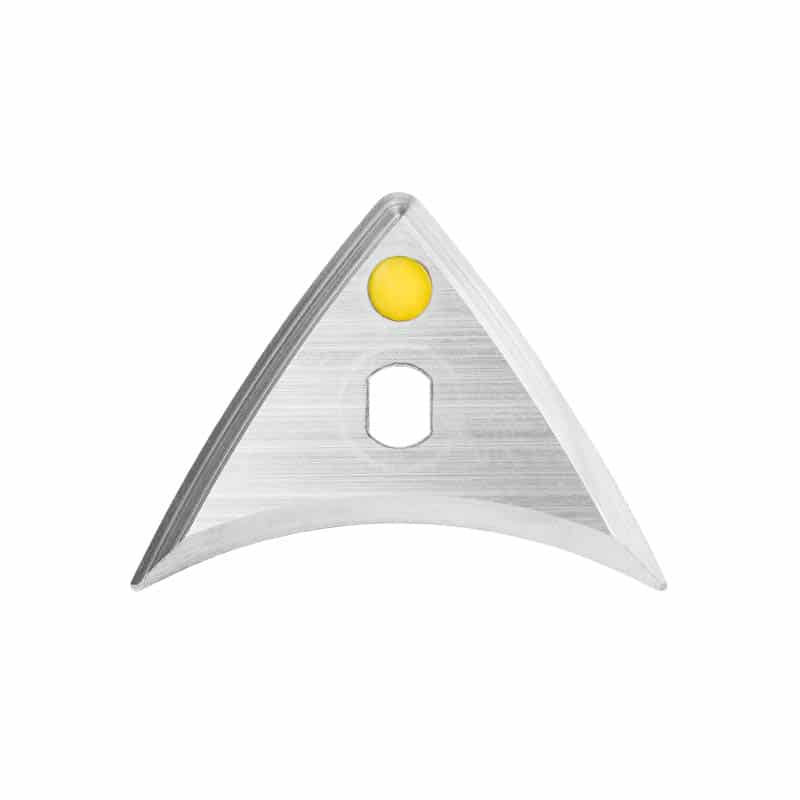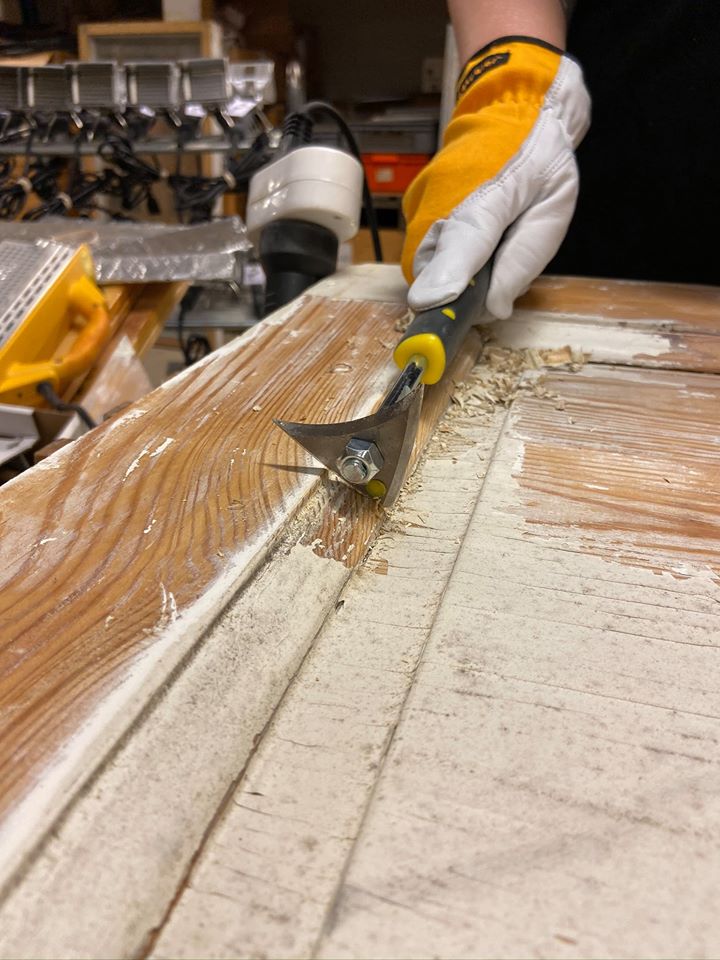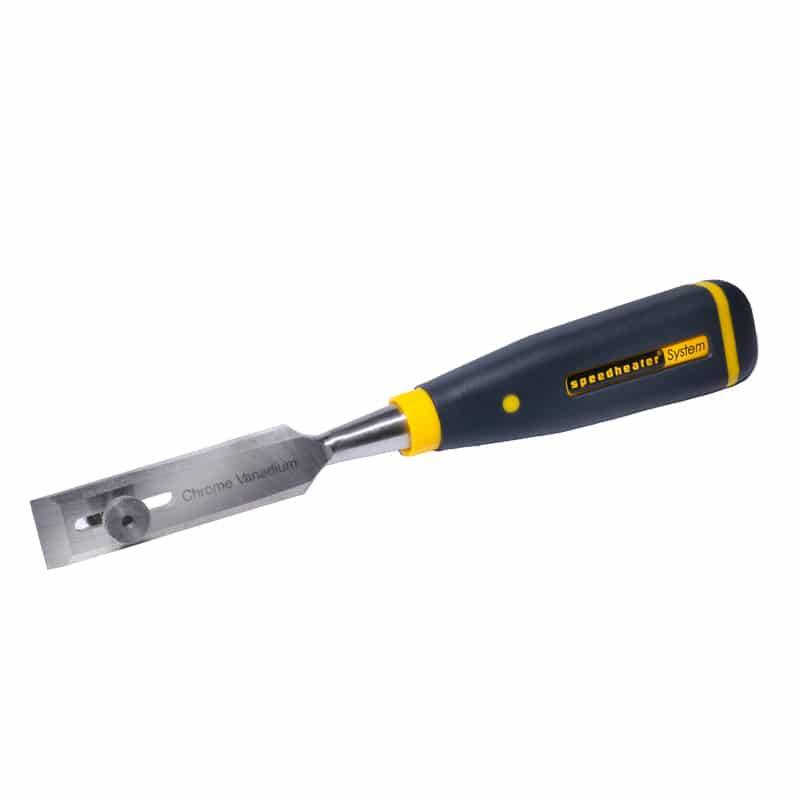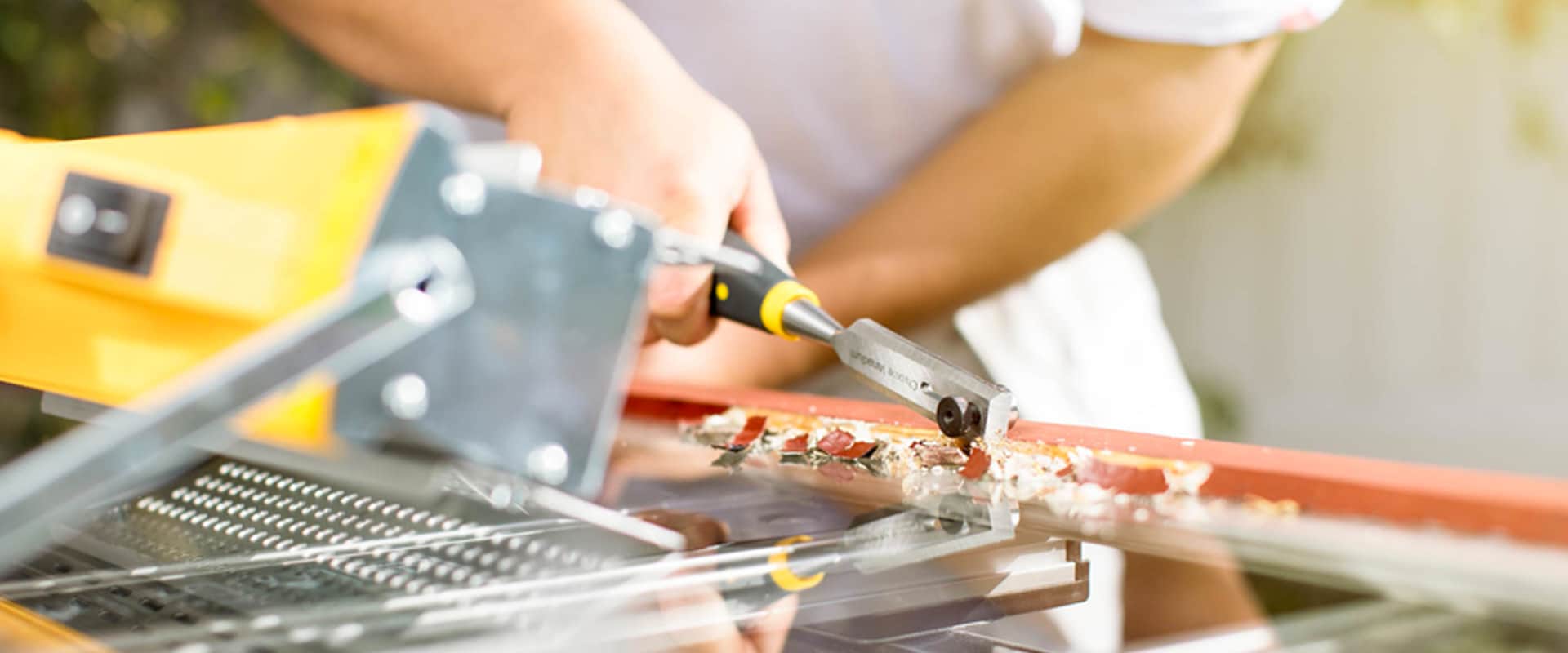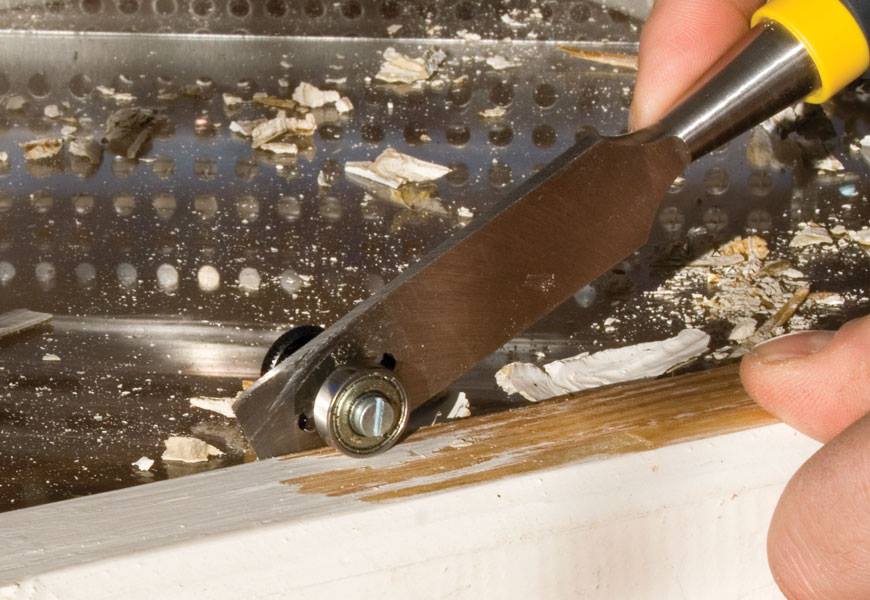Speedheater VS painting over old paint
Is it time to repaint the facade? Or maybe it's a piece of furniture, door or boat that needs a refresh? No matter what you're repainting, you're probably wondering whether you need to remove old paint before painting on the new layer, or whether it's enough to clean the surface and paint over the old paint.
So, do you have to remove old paint? The short answer to this question is no, you can paint over old paint, but there are advantages and disadvantages to both methods.
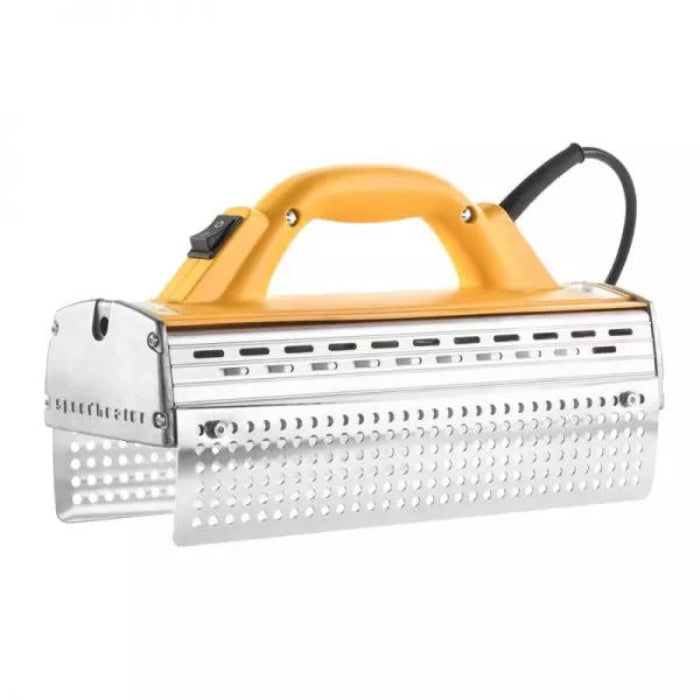
Speedheater IR system |
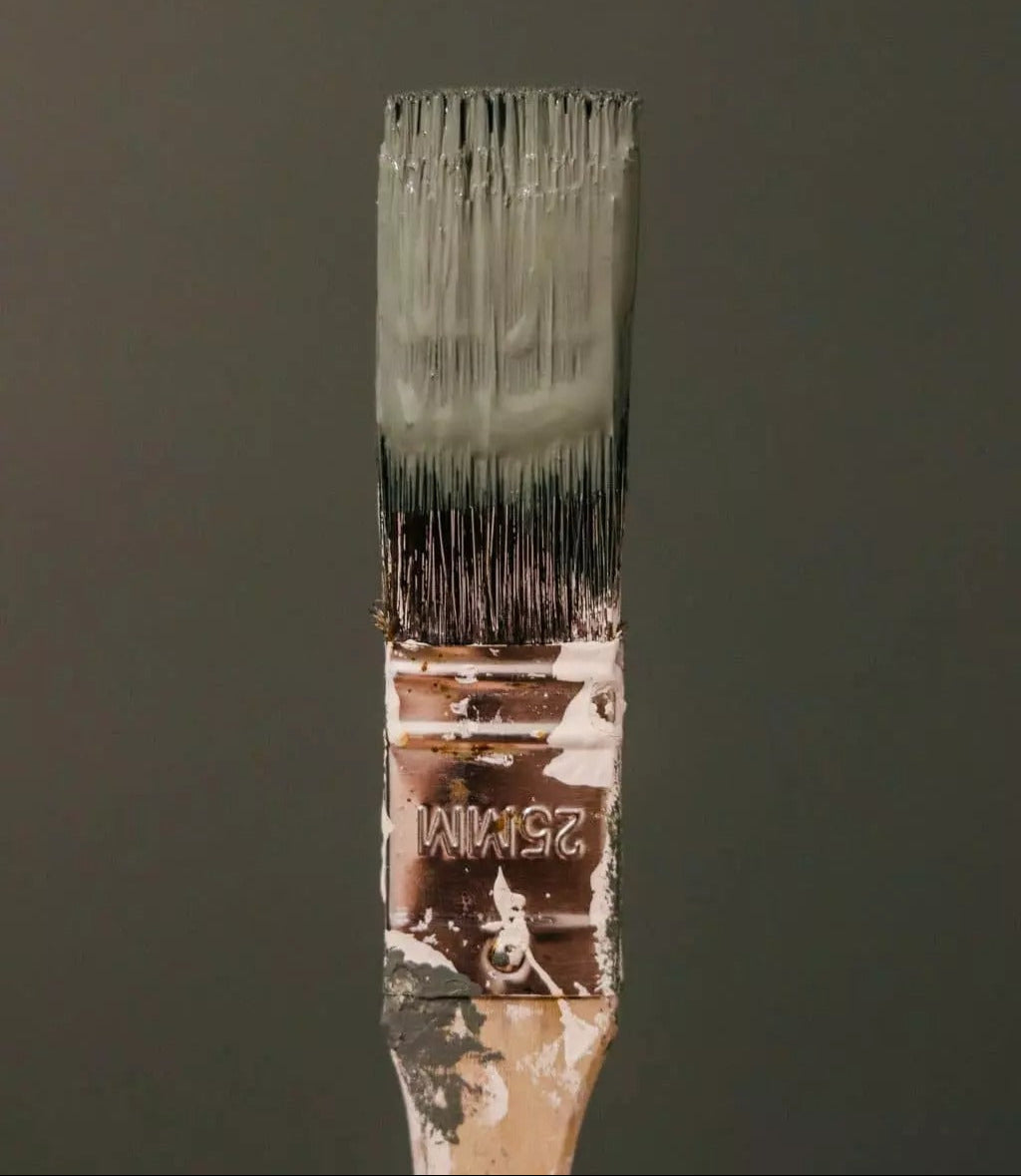
Painting over old paint |
|
|---|---|---|
|
How does the method work?
|
Infrared heat softens the paint so it is easy to scrape off. You can then start painting on the wooden surface straight away. | Wash the surface clean, let it dry for 2-4 days and then paint over the old paint. |
|
Results
|
Even, beautiful results that last a long time. | Depends on the condition of the substrate. Generally speaking, a slightly more uneven result that lasts a shorter time. |
|
Risk of material damage
|
Low heat and spark-free technology means a low risk of fire and burn damage to surfaces. In addition, you usually get better and longer-lasting results, which leads to less risk of water and moisture damage. | If the old paint is of a different type than the new paint, there is a risk that the end result will be poor, bubbling or peeling off completely. If the paint peels off, moisture can get in and then risk destroying the wood. |
|
Cost
|
In the short term, a high purchase price. In the long term, long life, low energy consumption and a result that means you won't need to repaint for quite some time. | In the short term, it's the cheaper option. However, you'll likely need to repaint again within a shorter period of time. |
|
Resale value
|
High resale value. | Nothing. On the other hand, the purchase price is not very high for paint thinner and rags. |
|
Time required
|
Fast heating that covers large areas. Minimal pre- and post-work required. | After cleaning the substrate, you must wait 2-4 days for the surface to dry. |
|
Life
|
When you paint on a clean surface, the paint adheres better and the durability reaches its maximum capacity. | The paint often does not adhere as well and the results are uneven. There is a risk that the paint will start to peel and repainting may be required. |
|
Flexibility
|
Suitable for small and large projects and can be used on different types of surfaces. | Suitable for surfaces where the paint is in good condition and where you are going to paint with the same color as before. |
When is it best to choose Speedheater ?
Removing old paint is not a must unless the paint has started to crack, peel and peel off. If it has, it is very important to scrape off all the paint on the affected surface. If the old paint is still good, you can paint over it, but the absolute best results are achieved by scraping off all the old paint layers and painting on a dry, even and clean surface. This gives you a nice finish that will last a long time without cracks and flakes.
With
This method is best suited if you want a nice result that lasts a long time and can consider either investing in a
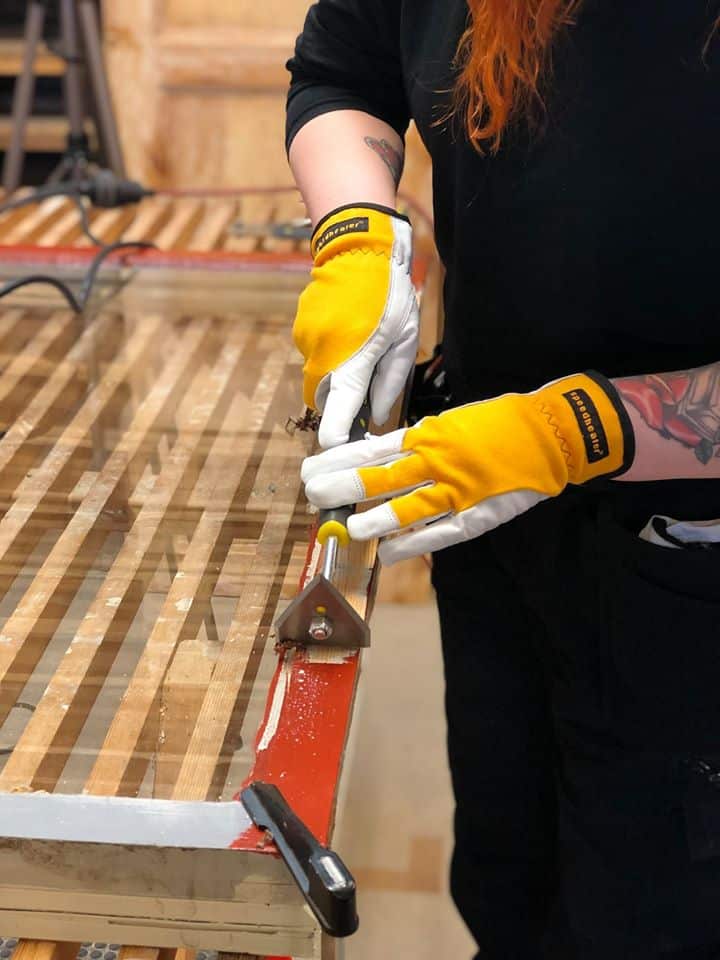
When is the best time to paint over old paint?
Painting directly over the old paint is fine if you have a dry, clean and solid surface. If you are going to repaint, for example, a house facade or a boat, you must bear in mind that a lot of dirt, mold and algae can accumulate on these types of surfaces. Air pollution is especially common in urban areas and dirt particles stick to both vertical and horizontal surfaces. All types of outdoor surfaces must therefore be washed thoroughly with paint remover and rinsed off. The surface must then be allowed to dry again, this usually takes between two and four days, depending on the weather conditions.
Even if you decide to paint over old paint, you need to go over all the surfaces and check that the paint hasn't cracked and started to peel off anywhere. If so, you need to scrape the paint off there, even if only on the affected area.
Painting over the old paint is a more affordable and time-saving method in the short term and is best suited if the existing paint layer is in good condition. However, it may be good to keep in mind that it may take a shorter time before it is time to repaint the surface again as the durability of this method is not as long. So include the price and working hours for any repainting in your calculation.
Another thing to keep in mind is that different types of paint work differently when painting over them. Take the existing paint layer into account and choose the same type of paint as was previously used. If you don't use the same type of paint when painting your new layer, there is a risk that the paint will come off or that the facade will be destroyed.
What color do I have on the facade?
Share information about your brand with your customers. Describe a product, make announcements, or welcome customers to your store.

